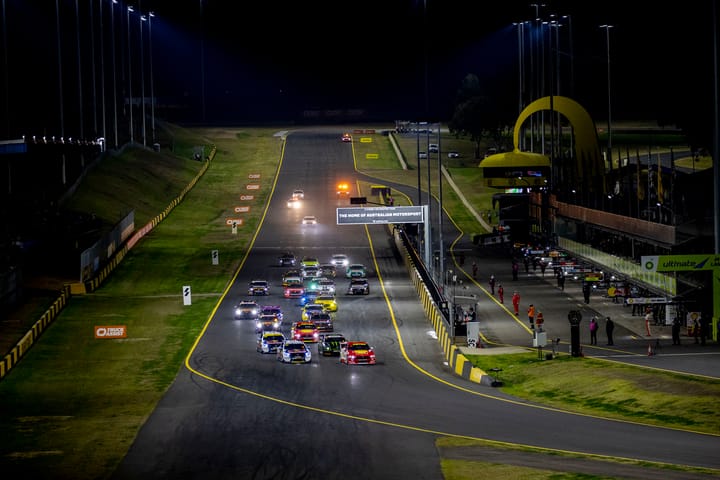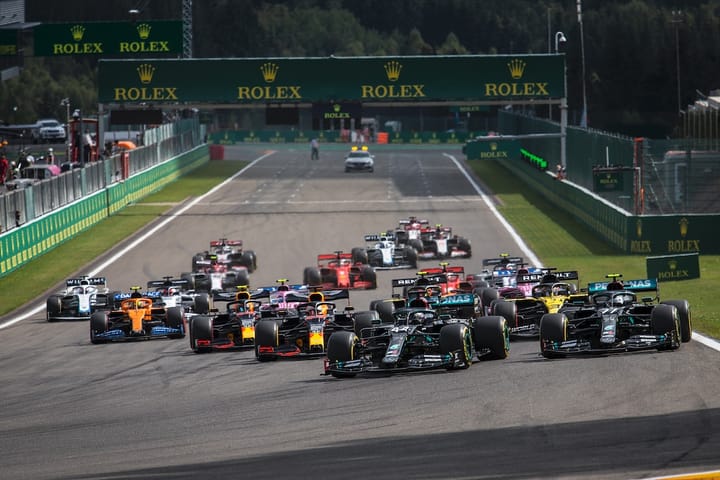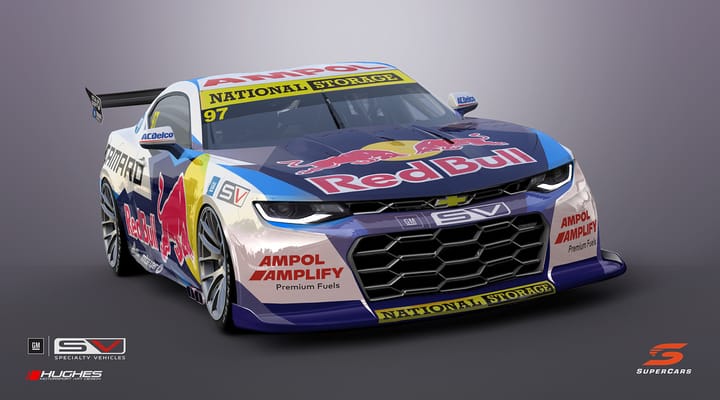Memorable Moments In F1 History
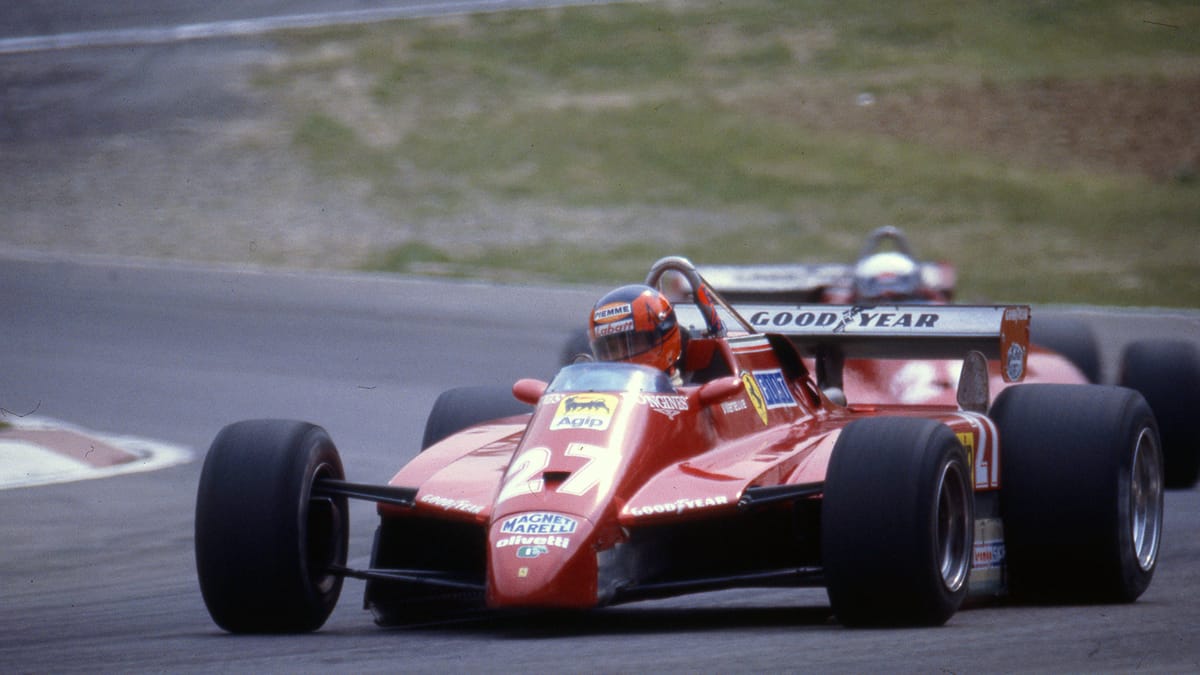
My first grand prix in 1982 was also the last one for Gilles Villeneuve.
It was the San Marino Grand Prix at Imola, I was a guest of Alfa Romeo on a new-car preview in Italy, and the race was epic in so many ways.
I can still recall a busload of hyped-up Aussie journalists arriving on race morning, asking for pitlane passes, and getting them with just the show of a passport.
Try that today, or any time since Bernie Ecclestone became the F1 supremo.
Ecclestone is also part of my Imola memories, as he led a rebel group that was demanding changes from the FIA that governed world motorsport. He convinced the members of the Formula One Constructors Association to boycott the race and the result was a tiny field.
The twin Ferrari turbos of Villeneuve and Didier Pironi put on a demonstration at the front and all seemed well, and entertaining, until Pironi ignored the order to hand top spot to the mercurial Canadian. He was so incensed he effectively boycotted the podium, never spoke to Pironi, and died in an unnecessary qualifying crash for the next race at Zolder in Belgium.
I had many happy memories of GP1 for me, from the Giacobazzi promotional girls in super-skimpy Kylie-style hot-pants to the three hour bus ride – just from the track to the start of the autostrada.
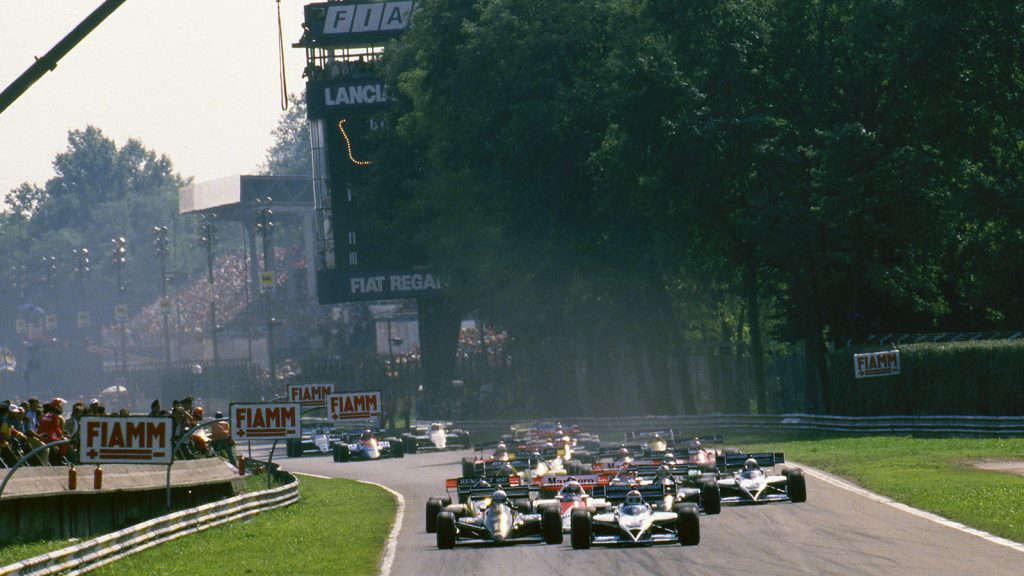
My memories of Imola come flooding back as Formula One celebrates its 70th anniversary at Silverstone.
I’ve been at the British track twice for F1, in 1990 when a frustrated Nigel Mansell announced he was quitting Ferrari and threw his gloves into the crowd and then when Lewis Hamilton flew to a last-gasp pole position with McLaren in 2007. Both were, and are, massively memorable days.
Trip One was a reminder that Mansell could be as childish as he was fast and Trip Two introduced me to the most mercurial qualifier I had seen since Ayrton Senna.
Rolling backwards, I was at the Portuguese Grand Prix in 1984 when canny old Niki Lauda beat his young McLaren team mate Alain Prost to the world title – by half a point. Talk about old dog teaching new tricks, as Lauda let Prost win, knowing the scoring system would give him the crown.
That was also the first day I got to interview Ecclestone, who speaks very softly but carries a big stick – and a giant intellect.
The only other person I’ve met who talks so softly is Jean Todt, who famously led Ferrari through Michael Schumacher’s halcyon days and now heads the FIA.
Away from the track, Schumacher is one of my most memorable F1 interview subjects. Once I got through all the hoops and minders, and started my three minutes of chat time – monitored on a stopwatch – he is warm, welcoming, highly intelligent and provides great insights.
Years later, about the time he was out riding motorcycles with Mick Doohan in Melbourne in GP week, he is equally warm as he accepts a set of pictures that show him playing success in a park. He had taken his shirt off to give the photographer a better view…
Schumacher was ruthless on the track but I never saw anything to match Ayrton Senna during his turbocharged qualifying laps in Adelaide. I watched, spellbound, from the grandstand on the corner that now carries his name, as he did other-worldly things with Lotus and McLaren.
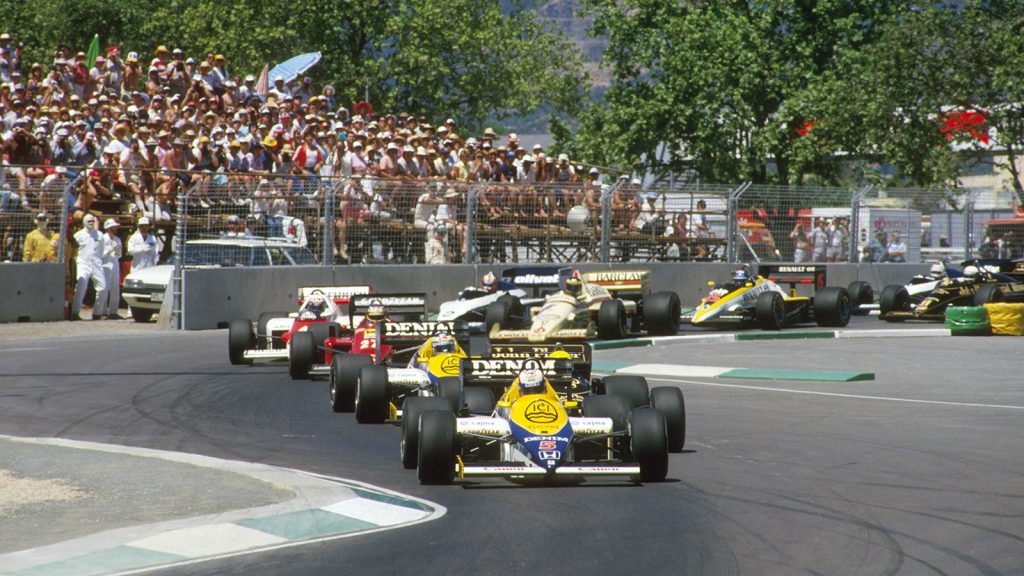
Adelaide was also where I saw Alan Jones celebrate the arrival of a World Championship grand prix in Australia by leading the cars onto the track, and where a BMW lunch was interrupted by a letter from Ecclestone to our BMW hosts demanding that flags were taken down – or a giant fee was paid – because they were in the view of the television cameras. And Ecclestone was sponsored by BMW at the time…
And so to Monza, where I once cut some laps at the wheel of a Volvo 7-Series turbo, for a memorable BMW moment.
If you’ve ever seen a jet fighter on take-off, you might have witnessed the giant plume of black smoke from the tail. It was the same as we waited at the first chicane for Nelson Piquet to fire from the base of a similar cloud in a turbocharged Brabham-BMW that had 1300 horsepower and hit 202 miles-an-hour.
In those days a journalist could jump the fence and walk down to the first corner, so we – most of the same crew from Imola – made the trip and were rewarded by a once-in-a-lifetime view, as well as water bombs arriving over the fence from irate spectators because we were blocking their view, as well as a confrontation between squatters in a reserved grandstand and police with snarling dogs – which were driven back by the chanting tifosi.
On the walk back to the pits I passed Kenny Acheson’s abandoned RAM-Hart and, as I wondered why it was parked, I looked into the engine bay. The only sign of the engine was the rocker cover, as all the rest had clearly left the scene of a massive blow-up.
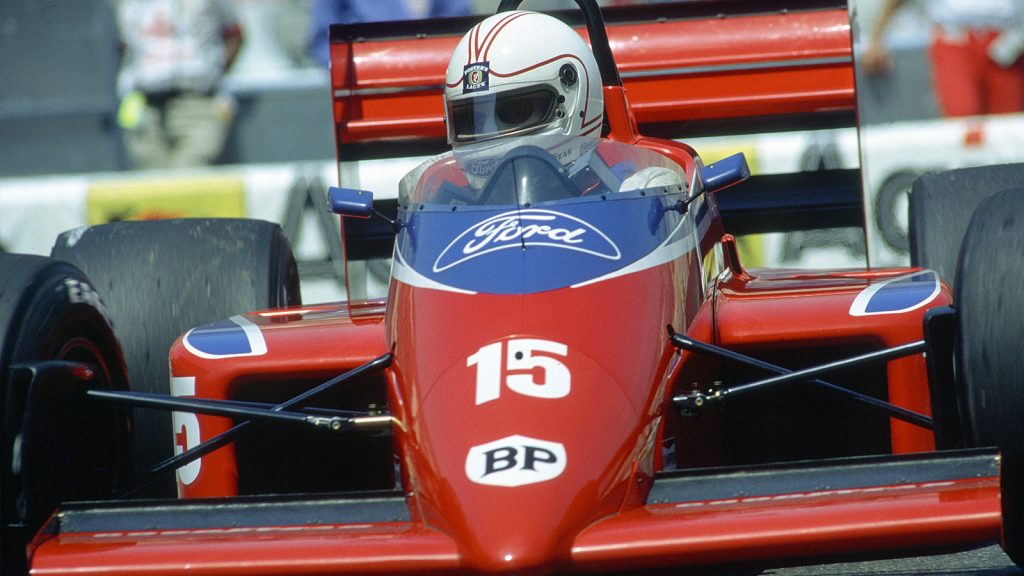
Back to Alan Jones, and I recall the pitstop at the Detroit Grand Prix – in horrible heat and humidity, with white people inside the fence and coloured fans outside – when the back wheels fell off his Beatrice. He was not upset.
And the day when he was packing up his family in readiness for an early trip home, by throwing his car off the road. Typically of Jones, he did the job without hurting himself, although it took three attempts before he could get the car properly buried.
My days in Adelaide were great, because there was time to watch and think and even meet the drivers at informal events, but things changed massively as the AGP moved to Melbourne.
As a frontline reporter I was always chasing a story and a deadline, so my memories are less vivid. Although I did race in an Aussie Racing Car and one of Brad Jones’ Audi Super Tourers.
But my best memory is an unbeatable experience, taking part twice in the Ultimate Speed Comparison driving a BMW M road car against a V8 Supercar and a BMW F1 car, driven each year by Christian Klein. It’s a handicap contest, obviously, and I famously scored one victory in 2009, but my clearest memory – by far – is the first time I ran onto the pit straight and the F1 car went past. It was like driving alongside an explosion.
Later that weekend, as I braked at the end of the straight from 240km/h, struggling to stop the baby BMW 1-Series for turn one, Klein rocketed past – and changed up a gear!
There are so, so, so many more memories from Formula One, including tracks and drivers and – sometimes – even the television coverage, including the day that Senna died at Imola.
So the 70th at Silverstone is memorable for everyone, but I have my own memories from nearly 40 years with a coveted pit pass.
And did I tell you about the invitation-only visit to Silverstone last year, for the 125th anniversary of Mercedes-Benz’s involvement in motorsport, when a cavalcade of awesome drivers drove a variety of the company’s most memorable cars and Bottas sprinted around the deserted circuit in the latest grand prix car, just for us…


